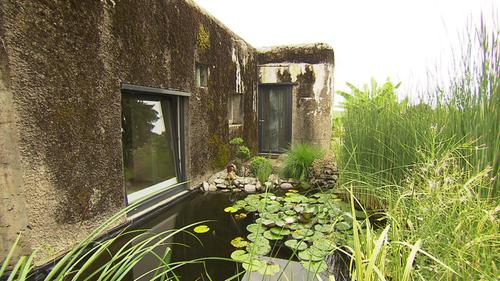What is a Billionaires Bunker?

Introduction
The concept of the “Billionaires Bunker” is becoming increasingly relevant in today’s world. As global uncertainties rise, a growing number of wealthy individuals are investing in private shelters designed to provide safety and comfort during potential crises. These bunkers have become symbols of privilege, showcasing both the vast disparity in resources and the lengths to which some are willing to go to ensure their safety.
What is a Billionaires Bunker?
Billionaires bunkers refer to luxury underground shelters equipped with state-of-the-art technology, supplies, and amenities for the ultra-wealthy. These bunkers are often located in remote areas and are heavily fortified to withstand various threats, including natural disasters, nuclear fallout, or societal collapse. They boast features like air filtration systems, water purification, and even entertainment facilities to ensure residents can live comfortably during prolonged stays.
Recent Developments
In 2023, the demand for such shelter solutions has surged, largely driven by factors including geopolitical tensions, climate change, and the COVID-19 pandemic. A leading security architecture firm noted a 300% increase in inquiries for private bunkers over the past year. These shelters can cost millions to build or purchase, featuring luxurious amenities that cater to the lifestyle of their affluent owners.
Global Trends
Regions such as New Zealand, Canada, and the United States have become hotspots for these accommodations, as they offer both privacy and security. In New Zealand, land sales for remote properties have skyrocketed, as many billionaires seek safety from potential global crises. Canada is also seeing a rise in luxury bunker constructions, with Canadian companies specializing in creating high-end underground living spaces.
Conclusion
The rise of billionaires bunkers reflects a growing divide in how individuals prepare for future uncertainties. While the wealthy invest in elaborate measures for their security, it raises questions about equity and the overall societal implications of such vast inequities in access to safety and resources. As this trend evolves, it highlights the need for broader discussions about crisis preparedness and societal responsibility. Going forward, it will be interesting to observe how these developments influence popular perceptions of wealth and security in an ever-changing world.









